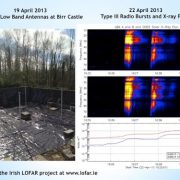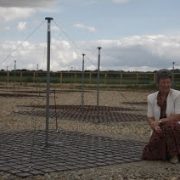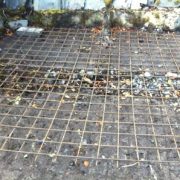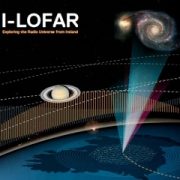First Solar Radio Burst Observed by I-LOFAR Test Array!
The I-LOFAR test array of four Low Band Antennas (LBAs) hooked up to two low cost e-Callisto receivers was installed at Birr Castle Demesne on April 18 and 19, 2013. As luck (of the Irish?) would have it, the test array picked up a number of Type III radio bursts on April 22, which were associated with a very impulsive M-class flare in sunspot group NOAA 11726 These are shown in the figure above, together with X-ray data from NOAA’s GOES satellite.
Solar radio bursts come in lots of different forms, ranging from long-duration broadband Type IV storms from electrons in large post-eruption coronal loops, to highly impulsive Type III bursts from near-relativistic electrons streaming along open magnetic field lines. The latter are associated with periods of elevated solar activate, when solar flares and coronal mass ejections are being produced by the Sun.
Unfortunately the Sun has been very quiet in recent times, so you can imagine how happy we were when only three days after installing the Birr test array, a solar flare occurred. And what’s more, a nice clear set of slightly polarised Type III bursts were picked up by the array – proof that the array is working and that Birr Castle is a great site for an International LOFAR Station!






